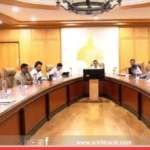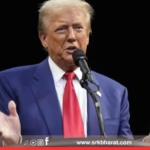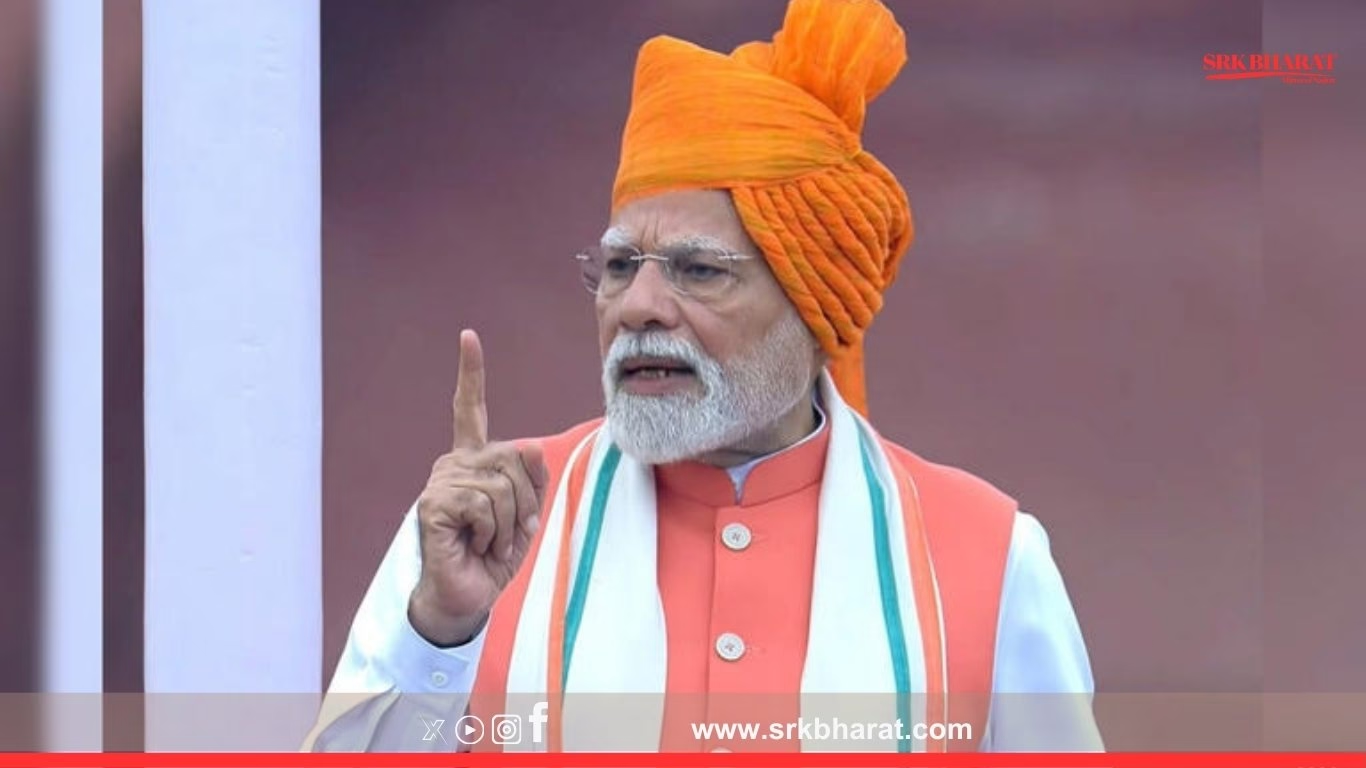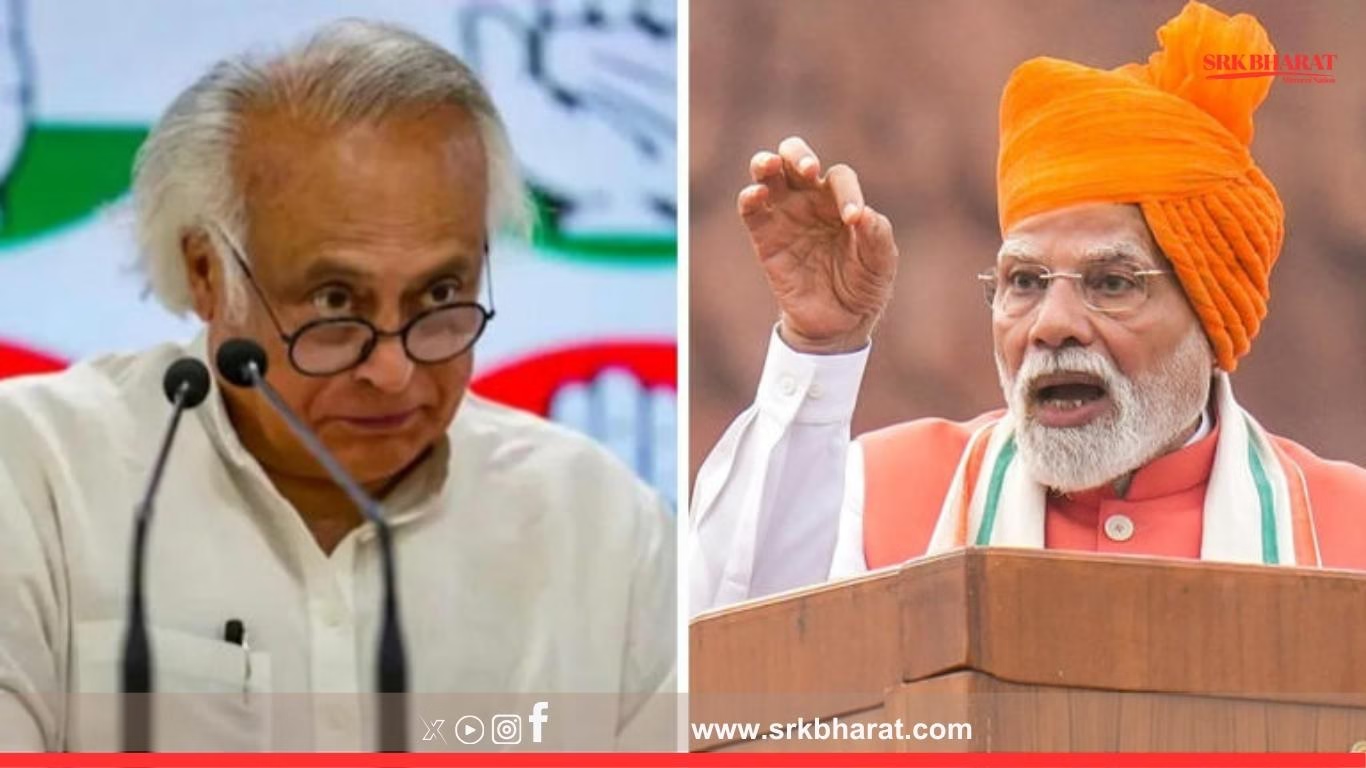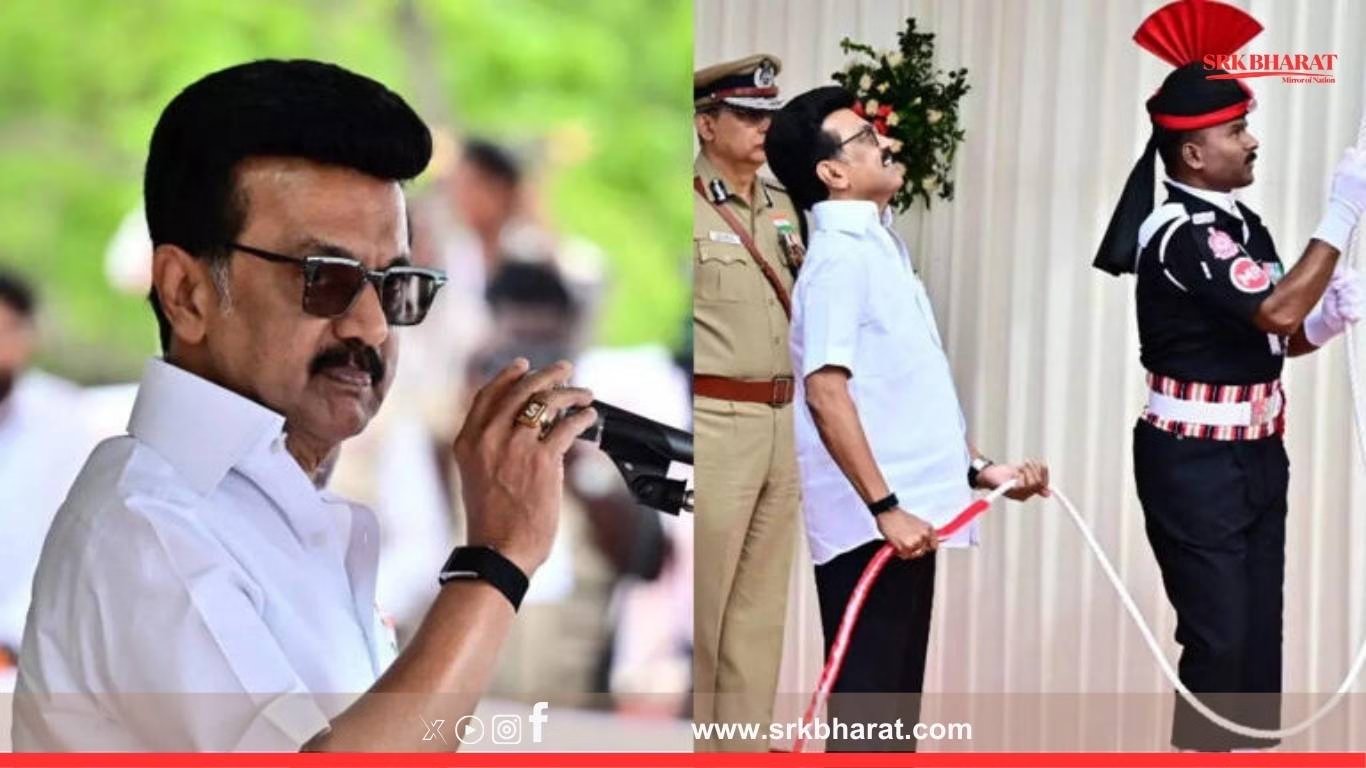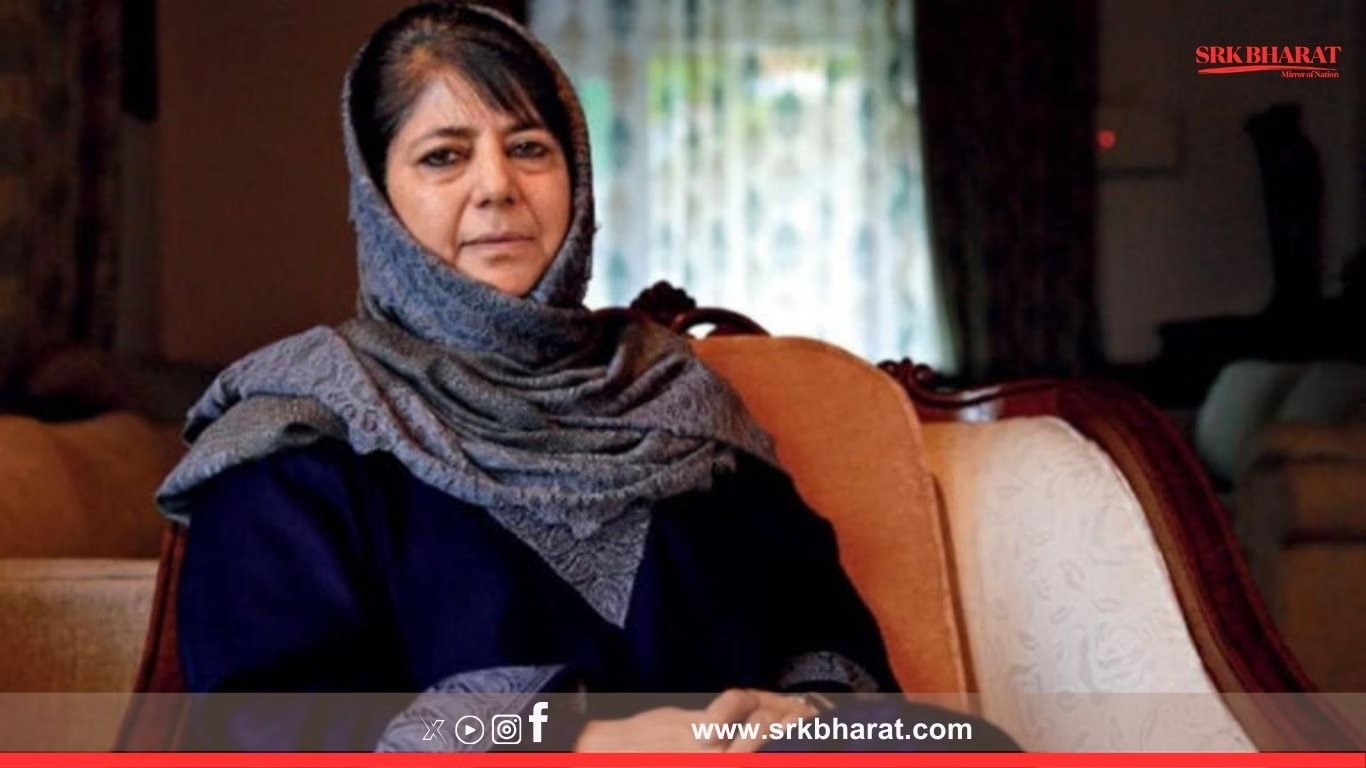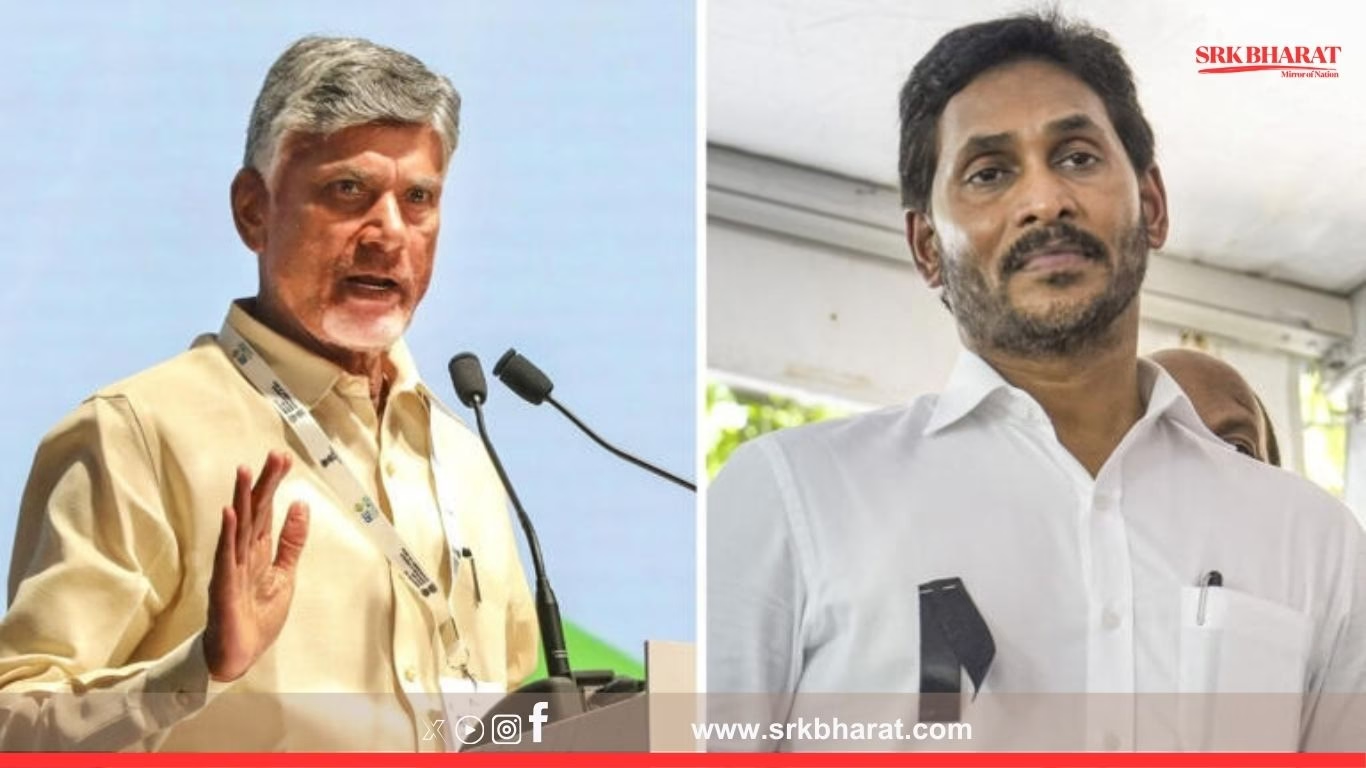Prime Minister Narendra Modi has set a new political milestone by delivering his 12th consecutive Independence Day address from the ramparts of the historic Red Fort on August 15, 2025, surpassing the previous record held by former Prime Minister Indira Gandhi. This moment is not only a reflection of Modi’s political longevity but also a testament to his continued electoral dominance and ability to maintain public connection over more than a decade.
A Historic Political Milestone
Since taking office in May 2014, PM Modi has addressed the nation every Independence Day, covering a wide range of themes including economic reforms, infrastructure growth, national security, social welfare, digital transformation, and India’s global positioning.
Indira Gandhi, who served as India’s Prime Minister for over 15 years across multiple terms, had addressed 11 consecutive Independence Day gatherings between 1966 and 1977. Modi’s 12th speech now sets a new benchmark in post-independence political history.
Chronology of PM Modi’s Independence Day Speeches
| Year | Key Themes Highlighted |
|---|---|
| 2014 | Swachh Bharat Abhiyan, Jan Dhan Yojana, Make in India vision |
| 2015 | Digital India, Start-up India, women empowerment |
| 2016 | GST rollout preparations, surgical strikes readiness |
| 2017 | New India by 2022 vision, anti-corruption drive |
| 2018 | Ayushman Bharat launch, rural electrification completion |
| 2019 | Article 370 abrogation, water conservation mission |
| 2020 | COVID-19 response, Aatmanirbhar Bharat package |
| 2021 | 5G rollout plans, agricultural reforms |
| 2022 | Green energy mission, semiconductor manufacturing push |
| 2023 | National Logistics Policy, rural broadband expansion |
| 2024 | Infrastructure transformation, Viksit Bharat 2047 roadmap |
| 2025 | Global leadership role, AI & space tech growth vision |
Comparing Modi’s and Indira Gandhi’s Records
| Prime Minister | Consecutive Independence Day Speeches | Period Covered | Major Political Context |
|---|---|---|---|
| Narendra Modi | 12 | 2014–2025 | BJP majority rule, global diplomacy focus |
| Indira Gandhi | 11 | 1966–1977 | Congress dominance, Green Revolution, Emergency era |
The comparison shows that while Indira Gandhi’s tenure was marked by political turbulence and landmark agricultural reforms, Modi’s streak has been characterised by economic liberalisation, digital expansion, and infrastructure growth.
2025 Speech Highlights – Setting the Tone for the Future
This year’s Independence Day speech focused on India’s global leadership aspirations, technological advancements, and youth-driven innovation economy. PM Modi emphasised:
- India as a Global Leader – Strengthening diplomatic alliances, contributing to climate action, and positioning India as a voice for the Global South.
- Digital & AI Transformation – Expanding AI research hubs, promoting ethical AI governance, and boosting AI-driven job creation.
- Space & Defence Upgrades – Increasing investments in ISRO’s deep-space missions and indigenous defence manufacturing.
- Economic Inclusivity – Extending welfare coverage, pushing MSME growth, and creating opportunities in rural entrepreneurship.
Political Significance of the Record
Delivering 12 consecutive Independence Day speeches signals political stability, strong electoral mandates, and consistent public engagement. Modi’s uninterrupted presence reflects:
- BJP’s electoral dominance at the national level
- His personal popularity and leadership brand
- An ability to keep political discourse centralised around his vision
Political experts note that this record adds to Modi’s legacy-building narrative, especially as he works toward Viksit Bharat 2047—a long-term development goal aimed at making India a fully developed nation by its centenary of independence.
Public and Political Reactions
The record has sparked discussions across political and public circles. Supporters view it as a symbol of leadership continuity, while critics argue that speeches must translate into measurable ground-level impact.
Social media trends on August 15 included hashtags like #ModiAtRedFort, #12thSpeech, and #IndependenceDayIndia, with millions engaging in discussions about his governance record.
Electoral Endurance – A Data Perspective
| Prime Minister | Terms in Office | Consecutive Years as PM | Consecutive Independence Day Speeches |
|---|---|---|---|
| Narendra Modi | 3 (2014–2029 ongoing) | 11+ years | 12 |
| Indira Gandhi | 4 (1966–1977, 1980–1984) | 11 years (first stretch) | 11 |
| Jawaharlal Nehru | 3 (1947–1964) | 16 years | 17 (non-consecutive breaks due to illness) |
The Road Ahead for PM Modi
With this record under his belt, PM Modi’s focus is expected to remain on:
- Consolidating India’s role in global geopolitics
- Continuing large-scale infrastructure and digital projects
- Maintaining electoral momentum ahead of the 2029 general elections
If he continues in office, Modi could set records not just for Independence Day speeches, but also for overall years served as Prime Minister, potentially surpassing even Nehru’s tenure.
Conclusion
PM Modi’s 12th consecutive Independence Day address marks a significant political milestone, placing him ahead of Indira Gandhi in one of the country’s most symbolic traditions. Whether seen as a sign of political stability, personal leadership strength, or strategic narrative control, it undeniably cements his place in the annals of Indian political history.
Disclaimer: This article is based on publicly available data, historical records, and political analysis. It is intended for informational purposes only and should not be interpreted as political endorsement or opposition.



